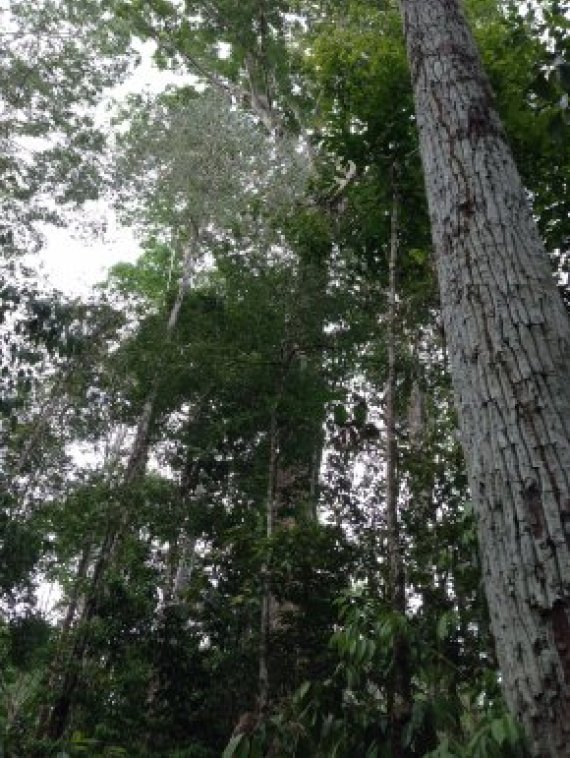Stress, for example due to drought or extreme heat, can push a forest to a point where plants die in large numbers. This is known as a tipping point and it marks the boundary between two alternative conditions: forest or savannah. Co-author Marten Scheffer, professor of Aquatic Ecology, does research on such tipping points in complex systems. But how do you know how close a forest is to its tipping point?
Resilience is the key concept here. The closer to the tipping point, the less resilience there is and the longer it takes for the system to recover from disturbances. The Wageningen researchers have now found a quantifiable indicator for a tropical forest’s resilience. Satellite data that have been used for decades to measure how green vegetation is, the so-called NVDI, produced the gauge they were looking for.
Calculations show that changes in greenness are much more gradual once annual rainfall drops below 1500 mm This slowness points to reduced resilience and proximity to the tipping point. Some team members have already shown that 1500 mm is indeed a critical threshold for a forest in a paper in Science. According to Scheffer, this means the pieces of the puzzle are now starting to fall into place. The new indicator makes it possible to work out how vulnerable forests are based on satellite images. Scheffer: ‘So based on measurements — that’s the breakthrough.’ The results can be found in Nature Climate Change.

